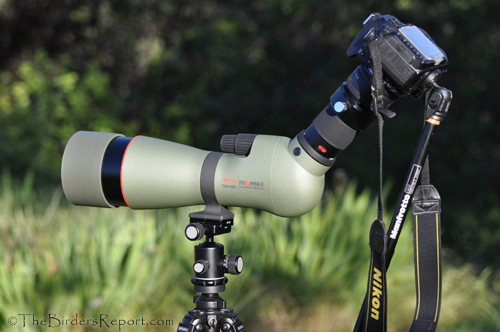
Kowa TSN-883 Prominar Spotting Scope photos by Larry Jordan
I did a lot of research before buying my spotting scope because I wanted to use it for digiscoping as well as bird watching. Being an avid birder and Audubon member, I have been on many bird outings and peered through many a spotting scope.
When I spent the day with Jeff and Dawn of Dawn’s Bloggy Blog at the Sacramento National Wildlife Refuge and looked through Jeff’s Kowa (pronounced koh-uh) 88mm spotting scope, I was impressed.
I was so impressed with the Kowa TSN 883 Prominar Spotting Scope that I treated myself to this digiscoping setup as a Christmas (and several other occasions, rolled into one) present.
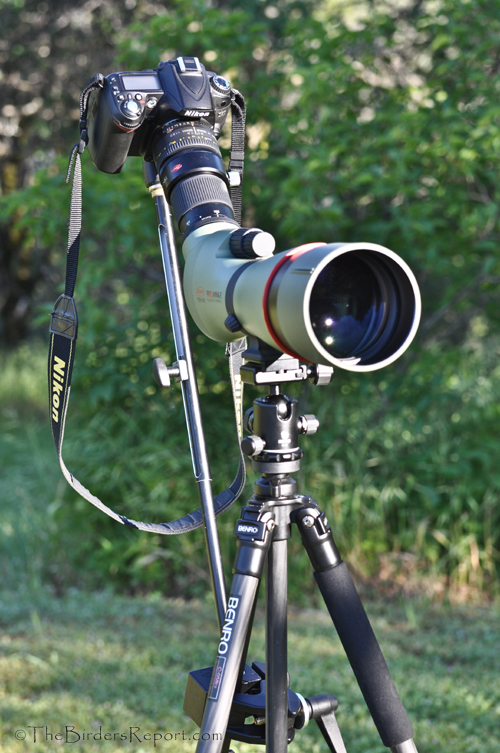
I had purchased the Nikon D90 camera the previous Christmas so I only needed a few accessories to hook it up to the Kowa scope. The good folks at B&H Photo gave me all the information I needed to purchase the correct mounting hardware.
The Kowa 883 is made for digiscoping. The Kowa TSN-DA10 digital camera adapter screws directly on to the eye piece once the eye cup is removed and it attaches to the AF Nikkor 50mm 1:1.8D lens using the Kowa 52mm digital camera adapter ring.
To make it easier to take the digiscoping gear with me on longer hikes, I decided to go with the Benro C-058EX Carbon Fiber Tripod Legs with the Benro B-0 Ball Head. With the weight of the scope at about 3 pounds, this light weight tripod and ball head add only about another 3 pounds making the entire setup easy to handle for just about everyone. Now for some results.
I decided to engage in my first digiscoping efforts in my own backyard, learn how to set up the scope properly and figure out the easiest way to actually take the pictures. This male House Finch was my first good shot with the Kowa 883 and Nikon D90 combination back in March.
Ok, I think I got this figured out well enough to go out and digiscope some more challenging birds. I have always loved Mergansers, so I made my way to the Sacramento River at Turtle Bay and found this beauty. Not quite as sharp but she was a moving target!
Still in March, I came across this male Cinnamon Teal at Lema Ranch.
In May I digiscoped this male Red-winged Blackbird, also at Lema Ranch.
This last week I had the chance to get in some more digiscoping time in my own backyard and captured a perched Anna’s Hummingbird,
a male Black-headed Grosbeak
and my favorite digiscoped shot so far, this male Acorn Woodpecker.
Ok, I’m hooked on digiscoping now. I really like the fact that you can get good quality images without disturbing the birds by getting too close. This allows more relaxed birding observation and possibly seeing more natural behavior close up.
If you are looking for an excellent spotting scope, I highly recommend the Kowa TSN-883 Prominar. It will give you bright, clear, true color looks at all your favorite birds. The best review of this scope I found was here at Optics 4 Birding.
To see more great bird photos, check out Bird Photography Weekly!

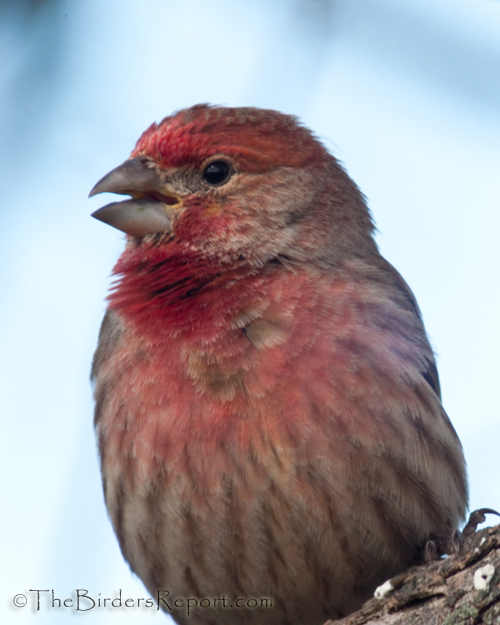
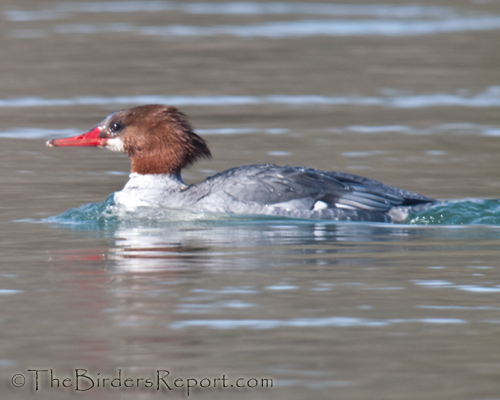
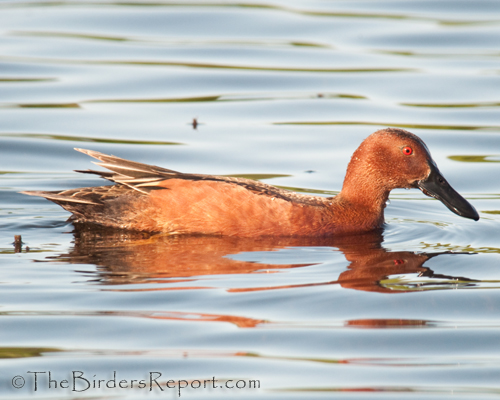
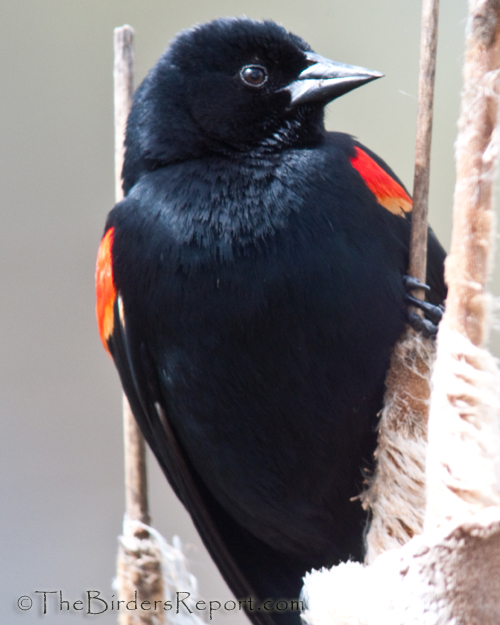
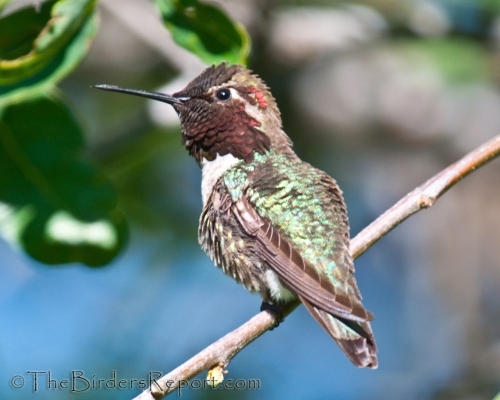
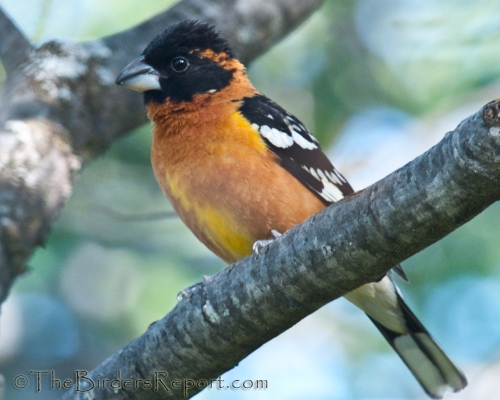
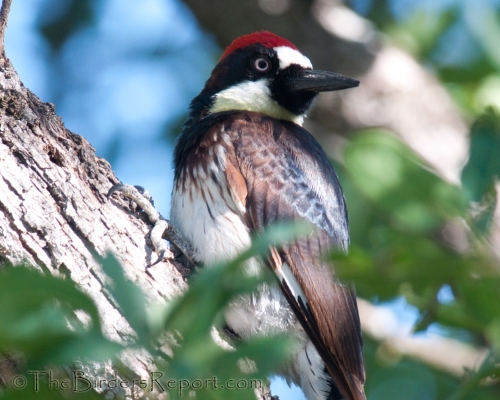
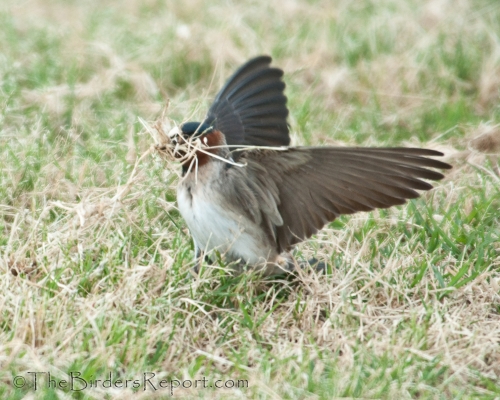
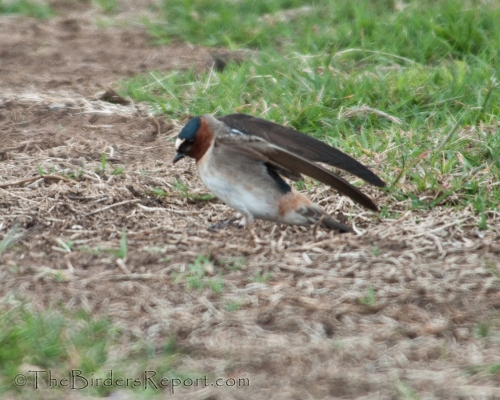
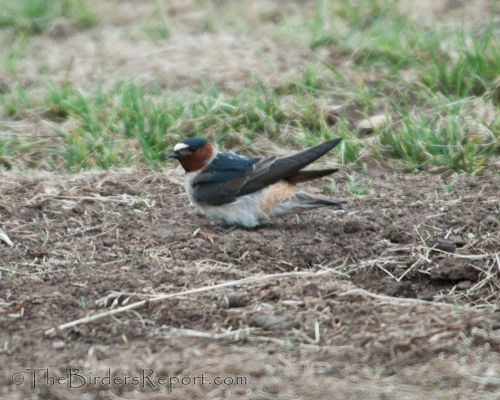
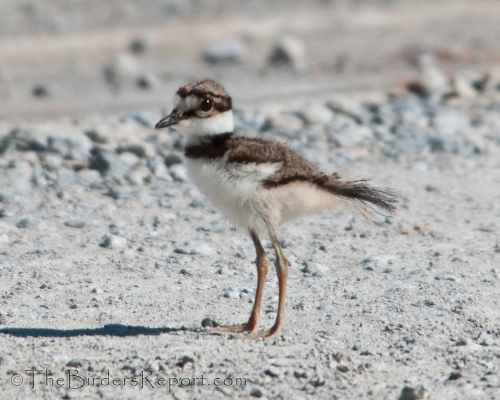
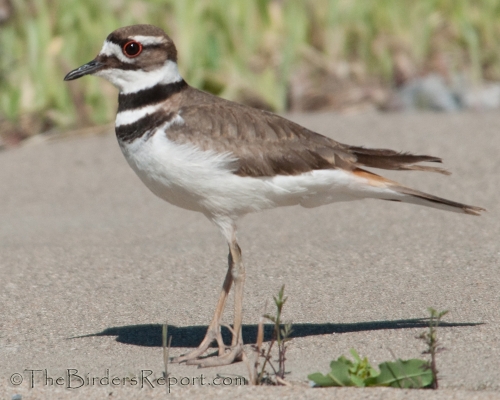
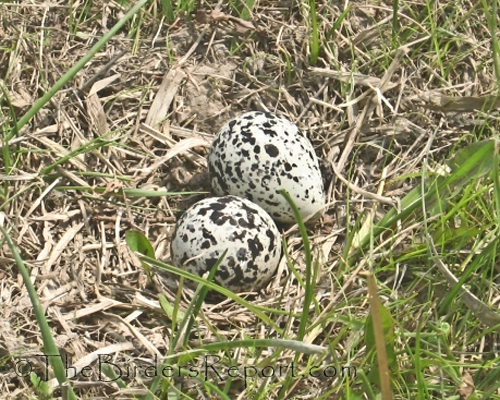
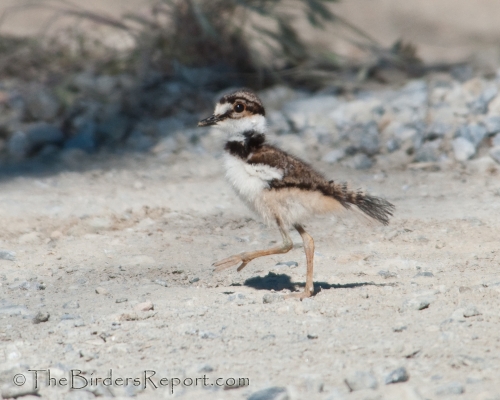
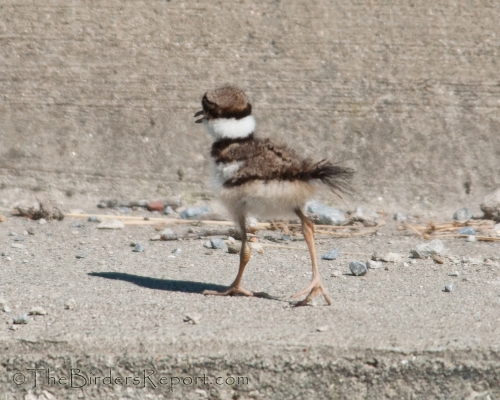
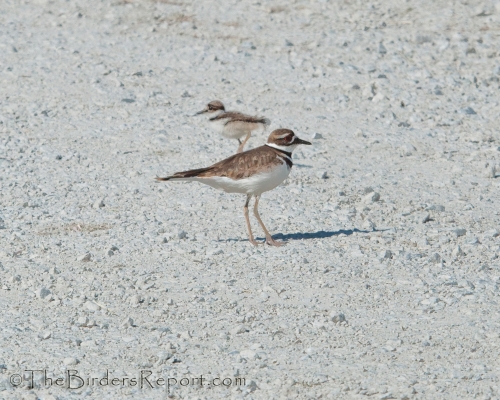
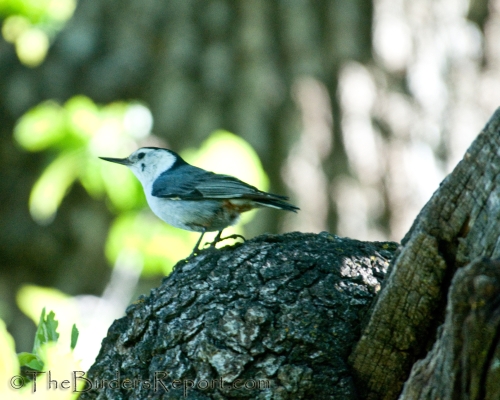
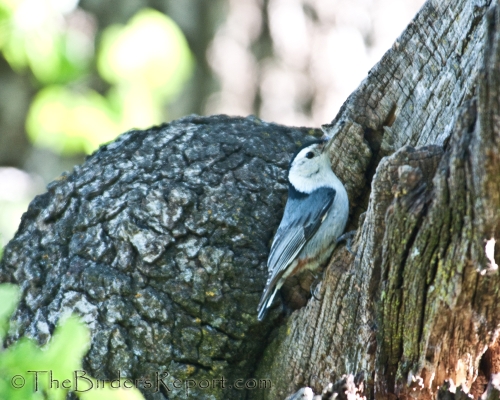
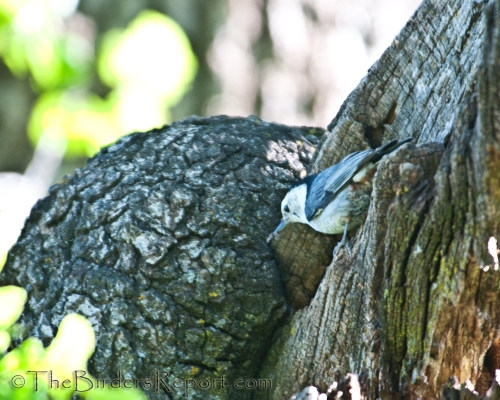
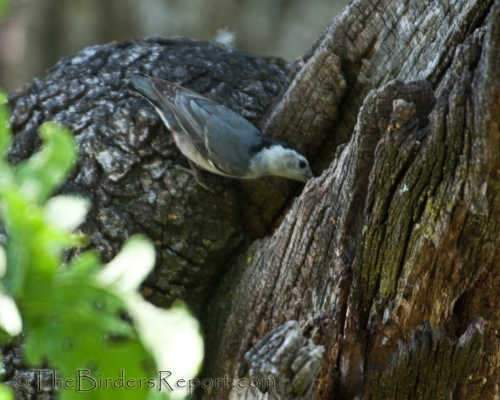



Social Media Connect